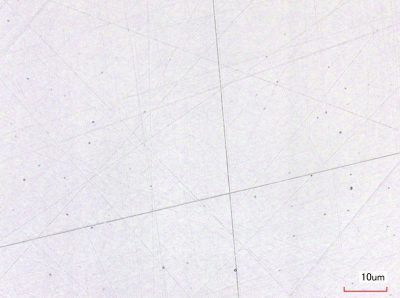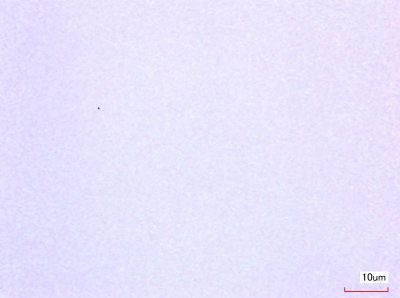Since sapphire is the second hardest mineral after diamond, processing using diamond abrasives is basically the mainstream. However, since the surface polished with diamond abrasives is physically scratched off, it leaves scratches and other strains on the surface. Therefore, commercially available sapphire substrates need to have their surfaces finished by the mechanochemical polishing (CMP).
The CMP is a polishing method in which abrasive grains and the workpiece undergoes a chemical reaction to change a local area near the surface into another soft compound, and only the soft compound is removed.
In the case of sapphire, in addition to SiO2, TiO2, MgO, iron oxides, etc. are said to have a mechanochemical effect, but colloidal silica, in which SiO2 particles are made colloidal and easily dispersed in an aqueous polishing solution, is generally used as the polishing slurry. It is said that mullite (3Al2O3・2SiO2) is generated as a reactant when sapphire is polished using silica abrasives.

